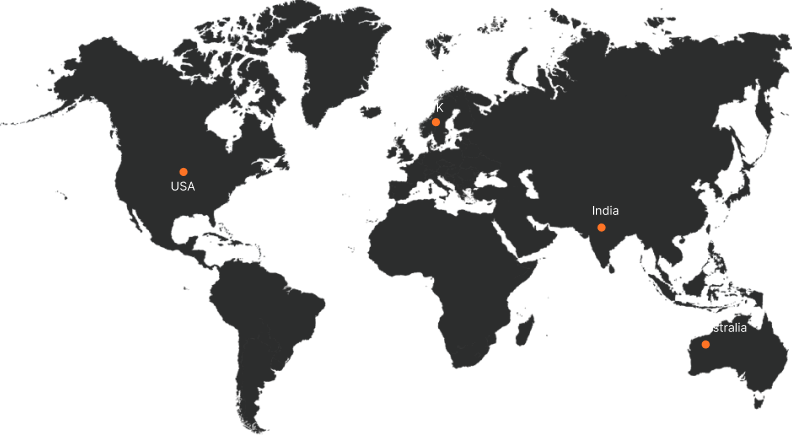What is a Dynamic Website?

In the rapidly growing digital landscape, dynamic websites have become an essential tool for businesses, individuals, and organizations to engage with their audience. Among the various types of websites, dynamic websites stand out for their ability to offer interactive and personalized user experiences, making them a crucial aspect of website development. But what exactly is a dynamic website? This blog delves into dynamic websites’ concepts, functionality, and advantages.
Definition of a Dynamic Website
A dynamic website generates and displays different content and pages based on user interactions, preferences, and data inputs. Unlike static websites, where the content remains fixed and the same for every visitor, dynamic websites change their content in real time, offering a more interactive and customized experience.
How Dynamic Websites Work
Dynamic websites are powered by server-side scripting languages such as PHP, ASP.NET, Java, Python, or Ruby on Rails. These languages allow the website to communicate with databases, retrieve information, and present it to users dynamically. Here’s a simplified overview of how dynamic websites work:
User Request: When a user visits a dynamic website and requests a page (e.g., by clicking a link or submitting a form), the request is sent to the server.
Server Processing: The server processes the request using server-side scripts and interacts with a database to fetch the necessary data.
Content Generation: The server dynamically generates the HTML content based on the retrieved data and user-specific parameters.
Response to User: The server sends the dynamically generated page back to the user’s browser, which displays the content.
Features of Dynamic Websites
Dynamic websites come with several features that distinguish them from static websites:
- Personalization: Content can be personalized for users based on their preferences, behaviour, and previous interactions.
- Interactivity: Dynamic websites can provide interactive features such as forms, user accounts, comments, and real-time updates.
- Content Management Systems (CMS): A significant feature of dynamic websites is using CMS platforms like WordPress, Joomla, or Drupal. These platforms empower non-technical users to manage and update content easily, enhancing the website’s flexibility and usability.
- Database Integration: Dynamic websites are integrated with databases, a feature that enables the efficient storage, retrieval, and management of large amounts of data. This enhances the website’s performance and scalability.
- Real-time Updates: Content can be updated in real-time without requiring manual changes to the website’s code.
Examples of Dynamic Websites
Dynamic websites are prevalent across the internet and include a wide range of applications:
- E-commerce Sites: These are online stores like Amazon and eBay, which display products, prices, and recommendations based on user behaviour.
- Social Media Platforms: Websites like Facebook, Twitter, and Instagram, where content is continuously updated based on user interactions.
- News Websites: Sites like CNN and BBC that update news articles and display personalized content based on user preferences.
- Online Forums: Online Platforms like Reddit and Quora, where user-generated content and interactions drive the site’s dynamic nature.
Advantages of Dynamic Websites
Dynamic websites have several benefits over static websites:

- Enhanced User Experience: By giving personalized and interactive content, dynamic websites can significantly improve the user experience.
- Scalability: Dynamic websites can manage large amounts of data and user interactions, making them suitable for growing businesses and high-traffic sites.
- Ease of Maintenance: With a CMS, updating and managing content becomes much more accessible, reducing the need for constant developer intervention.
- Flexibility: They offer greater flexibility in terms of design and functionality, allowing businesses to adapt quickly to changing needs and trends.
- Improved Engagement: Interactive features and real-time updates can increase user engagement and retention.
Conclusion
Dynamic websites represent the next level of web development, offering personalized, interactive, and scalable solutions for businesses and individuals. By leveraging server-side scripting, database integration, and content management systems, dynamic websites provide a versatile platform that can adjust to the ever-changing demands of the digital world. Whether you’re running an e-commerce store, a social media platform, or a news site, dynamic websites are essential for creating engaging and effective online experiences.











